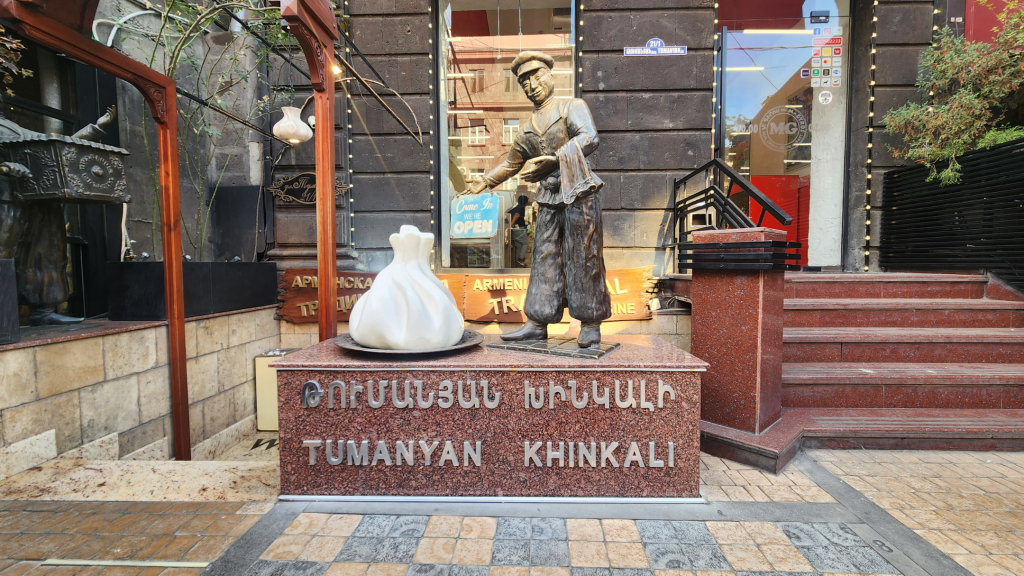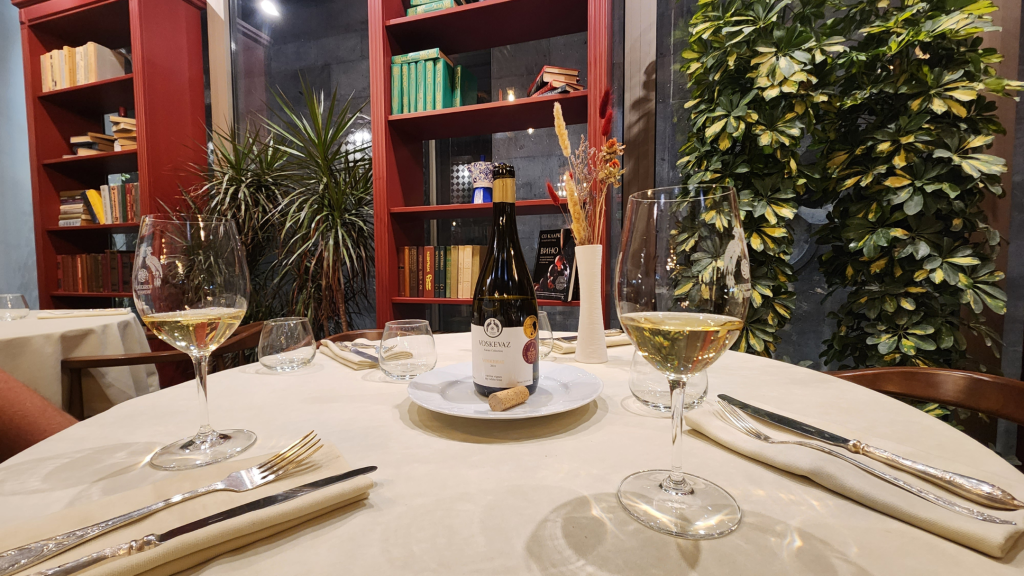Photo credit: Sevanavank Monastery. Credit: Mariam Alughishvili
Why Armenia should be on your radar in 2025
Where Ancient Culture and Mountain Landscapes Meet – Reasons to Visit Armenia

Armenia (Hayastan for locals) is a fascinating mix of old-world charm and modern progress, where tradition meets transformation. What to see in Armenia? While the country steadily moves toward a more Westernized future, traces of its Soviet past remain woven into everyday life. You’ll find Russian-language signage and taste dishes from post-Soviet countries. You’ll spot old Soviet-era cars, like the Lada, still rattling through the streets, offering a nostalgic glimpse of the past.

Armenia’s culinary scene is a delightful fusion of influences from the post-Soviet world, Middle Eastern cuisine, and European delicacies. You can taste Georgian khinkali, relish the cheesy goodness of khachapuri, or enjoy a hearty bowl of Russian solyanka. Refresh yourself with Russian okroshka, a cold soup that’s also a refreshing drink, available in markets and eateries. Try lahmajun, which combines Middle Eastern flavors with Armenian tastes. You can also sample local dishes like ghapama and ishli kufta or choose a familiar Western dish from the menu.

What makes Armenia truly special, however, is how it gracefully balances these remnants of the past with its forward momentum. The younger generation embraces Western culture and modern innovations, from tech startups to bustling cafes serving specialty coffee. Yerevan, the capital, is transforming with vibrant street art, hip cafes, and a growing creative scene. Yet just around the corner, you might stumble upon a centuries-old church or a local market selling homemade lavash.
This fusion of old and new makes Armenia a unique destination. You can explore ancient monasteries tucked away in the mountains one day, and the dynamic city life the next. Witnessing Armenia’s transformation is to see a country navigating its future while holding onto the cultural roots. Experiencing this blend of progress and preservation firsthand is an opportunity not to be missed.

After taking in Yerevan’s diverse landscapes and marveling at the blend of Soviet monumentalism and Armenian tradition in architecture, I was struck by the city’s rosy hue, created by its pink volcanic stone. With the streets mostly flat, I set out to visit the October Revolution memorial, passing the towering Mother of Armenia statue and admiring the city views before descending the Yerevan Cascade, which connects downtown to the residential areas.

Exploring further, I wandered through Vernissage Market in Yerevan, where merchants sell everything from traditional Armenian carpets to Soviet-era samovars. To end the day, I treated myself to local wines, as the South Caucasus is known as the birthplace of winemaking.

While Georgia’s winemaking history spans over 8,000 years and its ancient qvevri method holds a place on UNESCO’s Intangible Cultural Heritage of Humanity list, Armenia’s winemaking tradition is equally remarkable, with a history of over 6,000 years. Archaeologists discovered one of the world’s earliest known wineries in an Armenian cave. Here, people refer to the vessel used for winemaking, similar to Georgia’s qvevri, as a karas. Armenian wineries are producing distinctive wines from indigenous grape varieties like Kangun, and the interest in organic winemaking is growing rapidly.

After exploring Yerevan’s blend of old Soviet restaurants alongside French-style cafes, wandering through markets and monuments, and chatting with locals, I decided to venture beyond the city. My first stop was Garni Temple – the only standing Greco-Roman colonnaded structure in Armenia, perched in the village of Garni, overlooking the stunning Garni Gorge. Built in the Ionic order, the temple feels almost out of place, yet as you walk along its basalt foundations, you realize it belongs perfectly where it stands.

Next, I headed to Khor Virap Monastery, set in one of the most breathtaking locations in Armenia, nestled in the Ararat Plain and surrounded by vineyards. The view of the towering Mount Ararat in the background only adds to the dramatic atmosphere. This monastery is a popular spot for local celebrations, and it’s common to witness wedding ceremonies accompanied by traditional Armenian religious hymns.

After taking in the beauty of these landmarks, I continued to Lake Sevan, the largest body of water in both Armenia and the Caucasus region. In autumn, the lake is especially beautiful as the leaves change color and nature hums its melody. I had the chance to try ishkhan, a local variety of trout native to the lake, and discovered Sevanavank Monastery, which stands on what was once an island in Lake Sevan.

I started this journey with no specific expectations, but what I experienced far exceeded my imagination. Each moment was so enjoyable that I would revisit Armenia at the drop of a hat. The blend of history, culture, and natural beauty in Armenia left a lasting impression on me, making this adventure truly unforgettable.








